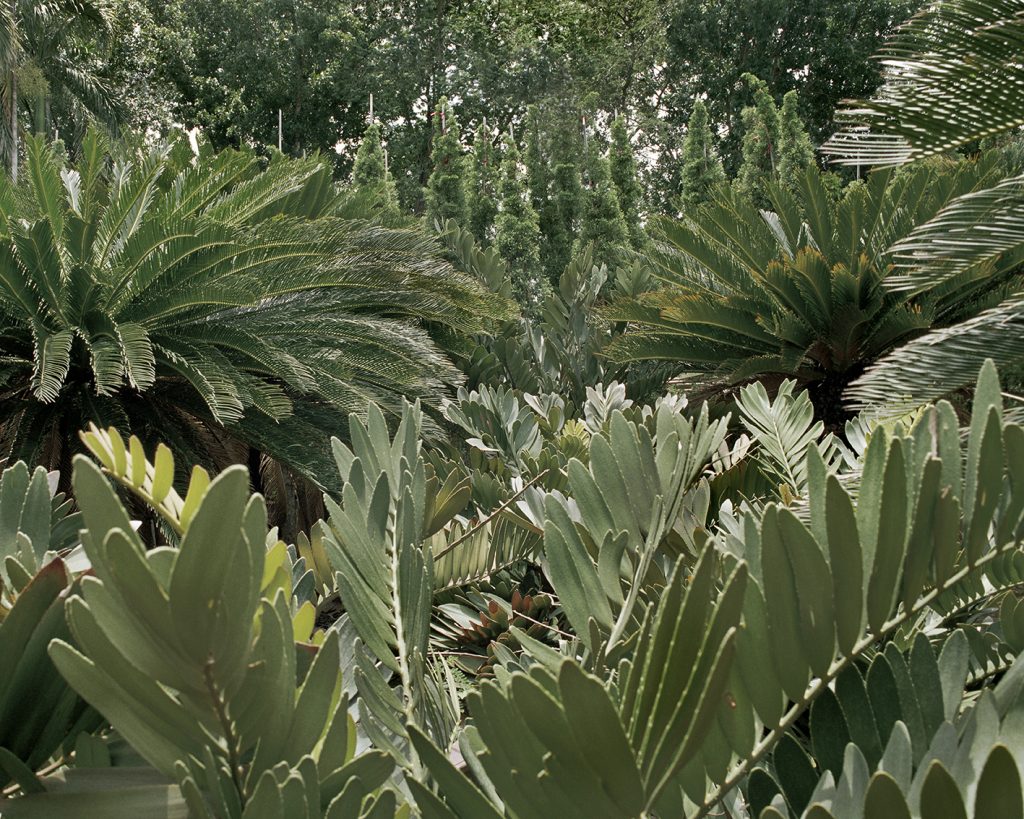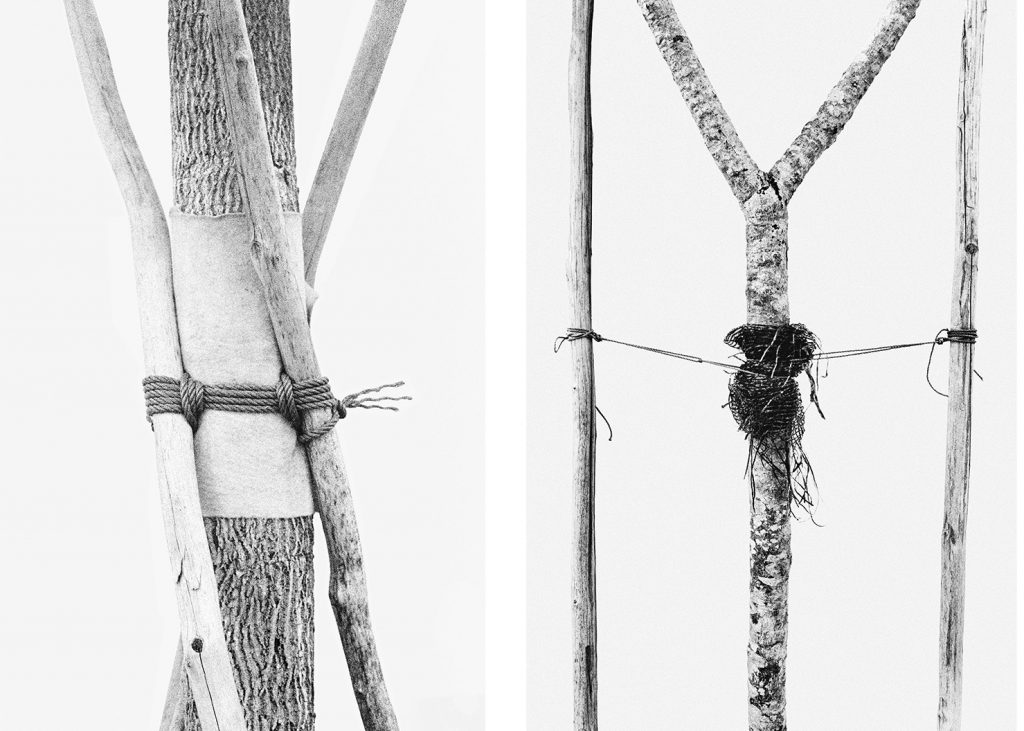by Beatrice Bruni
_
“The Sustainable Development Goals (SDG), or Agenda 2030, recognizes the close link between human well-being and the health of natural systems as well as the presence of common challenges that all countries are called upon to face. In doing so, it addresses various areas, interconnected and fundamental to ensure the well-being of humanity and the planet: from the fight against hunger to the elimination of inequalities, from the protection of natural resources to the affirmation of sustainable production and consumption models.”1
Goal Number 15 of the UN Agenda addresses Life on Earth.
This point is about biodiversity, recovery of degraded forests and drought soils, prevention of the extinction of species and greater attention in the settlement of non-native species. Exact reference indices show the trend of each of these factors.
We are talking about sustainable development, compatible with the safeguard of the environment, the planet and of all its living species.
Although Man might believe to be superior to all other species on Earth – the best, the most evolved – many elements, of extreme comprehensibility, indicate that we are only a very small part of this world, in comparison, for example, to the set of all plants. In this regard, I refer to the interesting book by Prof. Stefano Mancuso, academic and director of the International Plant Neurobiology Laboratory (LINV), The Nation of plants in which the author, with easy and compelling words, explains how plants are the most important, widespread and powerful nation on Earth, and writes the first Bill of Rights, establishing the norms for all living beings, with eight exhaustive articles.2

Not only do scientists wonder about these important issues; every one of us is faced with environmental issues every day, in every individual choice. Not least the artists, who question themselves and have always offered the opportunity of a reflection to the viewer of their work.
In particular, I refer to the production of two Singaporean authors who, among others, have dealt, through photography and installations, with the topics that I have introduced and, more generally, with the relationship between man and plants.
Topics that we could define as ever more urgent, given the era we are living in. 2020 will go down in history as the year in which the world was devastated by a pandemic, which did not spare any corner of the Earth and which registered a very high number of people infected and hundreds of thousands of deaths. It was the year of the Covid-19 virus. Is it the unhealthy relationship that we have imposed on other living beings on Earth that brings new and unknown diseases, that allows an influenza virus to become a lethal weapon? Many hypotheses are being examined by experts, but it seems that the role of human behaviour is not secondary in the rise of dangerous pathogens.
Woong Soak Teng and Ang Song Nian‘s projects are in the line of artistic works in which man places himself in observation of the vegetable kingdom, which he controls, but on which he is at the same time-dependent.

Represented by DECK Gallery in Singapore, Ang Song Nian (1983, Singapore) and Woong Soak Teng (1994, Singapore) have also exhibited in Europe, in the 2019 edition of Unseen Amsterdam, in a Focus, with other authors, on climate change and nature.
The young Woong Soak Teng has always been fascinated by natural phenomena and in her work reflects on the delicate relationship between man and nature, which mankind tries to control; the centre of her research is a profound investigation of what nature is in the contemporary world.
Very accurate was the 2019 How They Grow, Where They Fall project in which the author uses leaves laid on sensitive paper, and the light that filters on them, to create wonderful shapes.
However, we would like to focus on Ways to Tie Trees, a project started in 2015 and completed in 2018. In this work the artist leads us to observe, with extreme delicacy and with a clean and elegant language, something that we usually don’t look at: the way men plant and bind trees to make them grow in a certain way, in an attempt to build an aesthetically pleasant and more productive environment, without giving up their innate instinct for control.
It is an intimate encounter with trees in the garden city of Singapore, but this can apply to many cities around the world. Trees are often uprooted and relocated, following controlled and therefore manipulated urban plans, in an attempt to embellish and improve the metropolises. Woong’s intent is to try to empathize and learn from the mechanisms of nature.
What we see in the images is at the same time consoling – the idea that we can control the world and coexist harmoniously with Mother Nature – and interlocutory, since we wonder if perhaps another world, without our interference, would or would not have been possible. A contemporary reflection that will accompany the generations to come.
Her book Ways to tie trees is published by Steidl.

Ang Song Nian works, through photographic documentation and installations, with materials and traces of man found in landscapes.
One of his most important works, As They Grow Older And Wiser, started in 2016, sprang from his deep interest in the manipulation of nature and landscape and from the false ideal of closeness we have with it, and it questions human intervention and invasion. An ideological and reflective vision, which originates in the author’s childhood, when he used to watch his father taking care of his plants at home; in the background, the memories of when Ang Song Nian accompanied him to buy plants in nurseries and in that context, albeit artificial, he felt as if he was walking in a real forest. So here lies his intent in the composition of the project: to create images of nurseries of plants and trees that are artificial, but that appear as real forests to the observer, truly natural environments, in a challenge, once again, to the duplicity of photography, as a guarantor of reality and at the same time a lying witness.
Ang’s vision is critical: he believes that this control men apply is an immense lack of respect for Nature. We grow plants, place them in pots, create mass productions, reintroduce them into the environment and we believe, we delude ourselves that we have conceived something natural.
The images on display are large format, for an almost physical immersion in nature-not nature.

Perhaps it is no coincidence that Singaporean artists turn to nature issues. Singapore, one of the main cosmopolitan cities on the planet, provides today’s authors with food for thought on all the points above, to return elaborate, relevant, and urgent, universal artistic themes.
1 Wikipedia.
2 Stefano Mancuso, La nazione delle piante, Editore Laterza.
July 9, 2020




